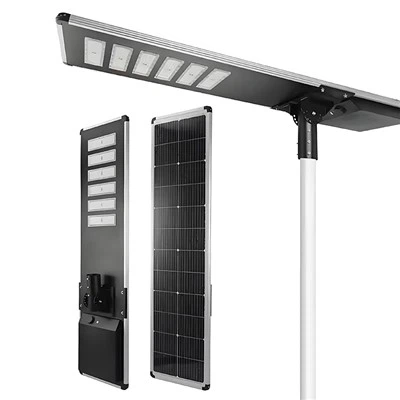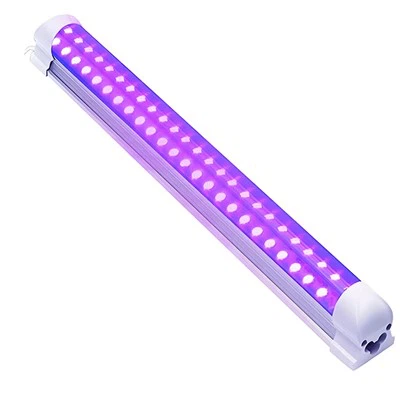Chickens are fascinating creatures that have played a significant role in human civilization for centuries. These birds have been domesticated for their meat and eggs and are also kept as pets. One characteristic of chickens that raises many questions is their vision. What light does a chicken see? This article will explore the answer to this intriguing question.
Chickens have very different eyesight than humans. They have four types of photoreceptors in their eyes compared to the three that humans have. This means that chickens can see ultraviolet light that is invisible to the human eye, which allows them to spot food and predators easily. Additionally, chickens have very good peripheral vision, which allows them to see a much wider angle than humans.
When it comes to the spectrum of light that chickens see, they have a shorter blue wavelength range of light and a longer red wavelength range than humans. This means they have a perception of color that is different from ours. For example, the color red to a chicken may appear much more vibrant and intense than it does to us. Because of this, chicken farmers often use red lights in the chicken coop to maintain calm and ensure the chickens are sleeping well at night.
Furthermore, chickens are diurnal animals, which means they are active during the day and sleep at night. Unlike humans, they see better in low light conditions, which allows them to search for food during dusk and dawn. The color of light also affects chicken behavior. For example, chickens exposed to blue light show higher feed intake and increased growth rate, while those exposed to green light show lower feed intake and decreased growth rate.
In conclusion, the answer to the question "what light does a chicken see?" is that they see a spectrum of light that is different from humans. They can see ultraviolet light, have a wider angle of vision, and see colors differently than we do. These unique characteristics make chickens fascinating creatures and valuable members of the animal kingdom.







